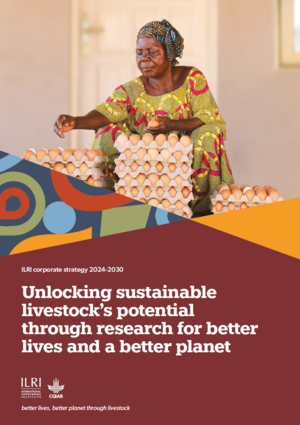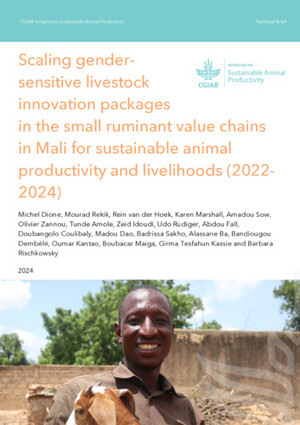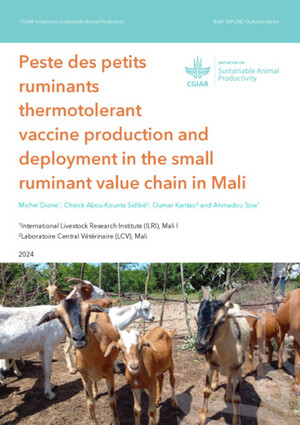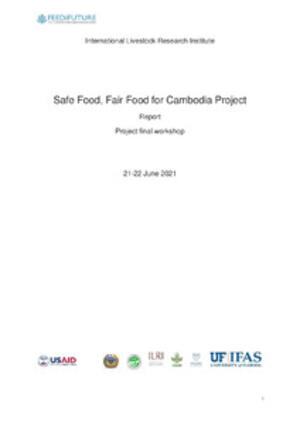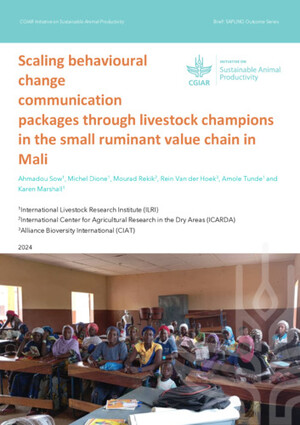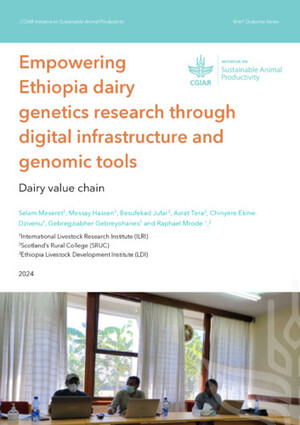
Biosecurity measures in meat and milk value chains: A study in Bura Sub-county, Kenya
Abstract
Introduction: Livestock value chains are an important source of employment, income and nutrition in
developing countries. Increasing income has led to high demand for animal source products.
Zoonoses pose a public health challenge to people producing, handling, processing and consuming
animal products. Value chains create contact networks for transmission.
Over 60 % of emerging diseases are of zoonotic origin. Outbreaks cause huge losses for countries and
their populations. Biosecurity measures constitute a cheap, integrated approach and affordable way of
disease control from farm to fork as advocated in the concept of one health.
Methods: This research used mixed methods - qualitative and quantitative methods. A semistructured
questionnaire was used to test knowledge attitude and practices of value chain actors. The
sampling techniques used were snowballing and convenience sampling as no register of actors
existed. Enumerators consulted actors on market days as it was the only time they were available.
Snowball sampling was used to reach more actors after recommendation by fellow actors. The aim
was to reach as many as possible of the population to eliminate bias associated with methods used.
Participatory mapping exercises were utilised to map the value chain. The activities and biosecurity
measures used were mapped to identify biosecurity gaps in actors’ day to day occupational activities.
This was to evaluate occupational risk, biosecurity measures adopted and possible food contamination
due to non-implementation of measures. Key informant interviews were conducted with key actors
like government institutions and actors to better understand key issues that arose during survey.
Observations were made to compare responses and practices.
Findings and interpretations: The study results indicate that there is low knowledge of disease,
symptoms and biosecurity measures among value chain actors, who do not perceive zoonoses as a
serious problem. This is reflected by low levels use of protective personal equipment, low levels of
medical check-ups, risky occupational activities which expose actors and consumers to zoonotic risks.
Cultural practises like consumption of raw offal, milk and occasional slaughtering of sick or dead
animals pose a public health problem. Poor sanitation and hygiene like open defecation, use of
untreated water, poor packaging and lack of training in food handling exposes food to contamination
by actors. The area lacks a sewerage system and the waste management system is not sufficient to
address zoonotic disease associated with animal waste.
Governance challenges include small budget, bureaucracy, understaffing, poor planning and
corruption exist leading to non-enforcement of laws and regulation.
There is low institutional support for adoption of biosecurity measures and extension service is poorly
equipped to deal with high demand in the region. Hospitals are not equipped to properly and
incidences of misdiagnosis are common.
Women have low education, low training, low knowledge and poor access to resources, highlighting
gender issues and inequalities in value chains.
Citation
Nyokabi, S., Birner, R., Lindahl, J. and Bett B. 2015. Biosecurity measures in meat and milk value chains: A study in Bura Sub-county, Kenya. Presented at the 5th Leverhulme Centre for Integrative Research on Agriculture and Health (LCIRAH) Annual Research Conference, London, UK, 3-4 June 2015.




